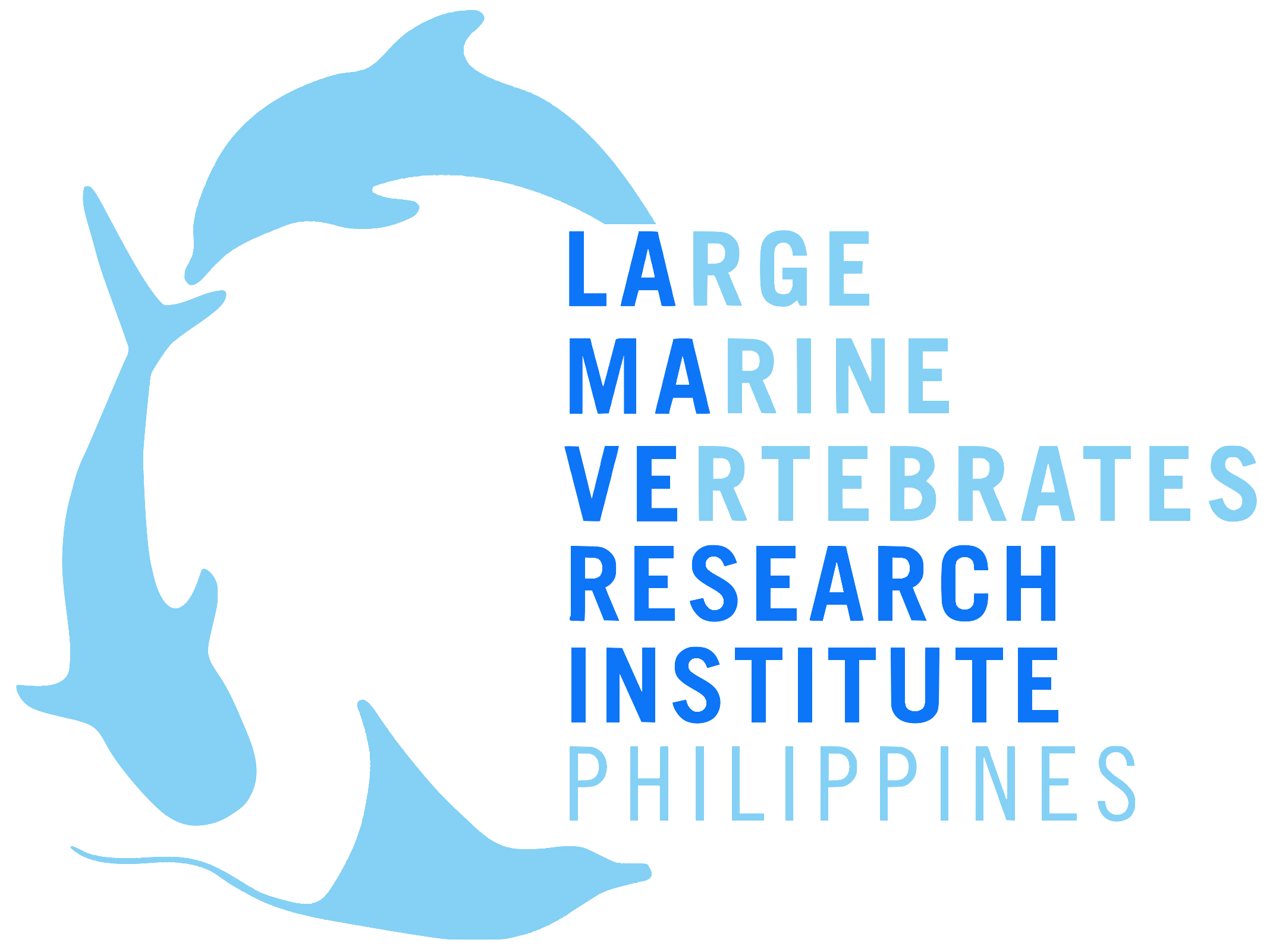Press Release
LAMAVE and the National Geographic Society embarks on a Deep-Sea Expedition to the Tubbataha Reefs Natural Park
Researchers from LAMAVE with deep-sea experts and explorers from the National Geographic Society's Exploration Technology Lab will embark on a Deep Sea expedition in the Tubbataha Reefs Natural Park from May 30 to June 5, 2022.
This expedition aims to understand one of the most mysterious ecosystems in the planet — marine areas with depths greater than 200 meters. The team will deploy the first deep-sea camera system in the region!
The expedition will conduct the first non-extractive deep-sea biodiversity assessment in the Sulu Sea and use the data to enhace the management of Tubbataha Reefs Natural Park and its surrounding unprotected waters. The results will serve as baseline data for the expansion and scaling of the program across the country. It will also shed light on the importance and fragility of these ecosystems with the hopes that it will inspire the protection of this part of the sea.
About the Deep Sea
The deep sea (marine areas with depths greater than 200m) is the largest habitat on the planet, representing 98.5% of the Earth’s total volume and more than 85% of the Philippines’ territorial waters.
These ecosystems provide a number of ecological and economic services beneficial to life both marine and terrestrial, like providing homes to marine life, supporting fisheries and food security, carbon absorption and climate mitigation which are all critical to archipelagic countries such as the Philippines where people rely heavily on the oceans to fulfill their protein needs and livelihood.
Despite the scope encompassed and the services provided by these ecosystems, little to nothing is known about the biodiversity and abundance of species below 60m in the Philippines and because these areas are poorly understood, management of these fragile ecosystems is also limited. With unsustainably managed extractive activities, petroleum and natural gas projects taking over areas offshore Palawan and the Sulu Sea, like minerals and fossil fuels, and no dedicated in-country programs being conducted to address these issues, the survival of these ecosystems is at risk. Although deep-sea shark fisheries were common in the 80’s, after their bust by the end of the decade no further information has been collected. LAMAVE was the first organization to systematically collect data on marine megafauna down to 100m, monitor elasmobranch landing sites and provide the government with these data, but information regarding what can be found deeper is scarce.
The National Geographic Exploration Technology Lab has engineered a deep-sea camera system that can collect environmental data and 4k video of deep-sea ecosystems and biodiversity deeper than 5000 meters. And they are supporting local organizations around the world, like LAMAVE, to access these incredible ecosystems!
A Once in a Lifetime Opportunity to be Part of this Expedition
We are giving one (1) lucky subscriber an opportunity to be part of this once in a lifetime expedition. Keep an eye on this space and Like/Follow our Facebook page to be the first to learn how.



